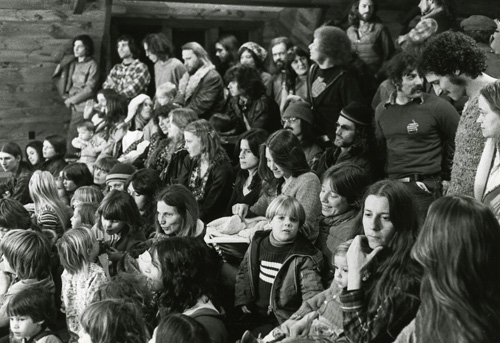George Cooley & Co. Ledger
1843-1851
1 vol. 0.25 linear feet
Call no.: MS 111
Ledger, begun by George Cooley in 1843 to record the accounts of his soapmaking business in the Cabotville section of Chicopee, continued by Titus Chapin, an ardent abolitionist, and Mordecai Cough who managed the business following Cooley’s death (or departure) in 1848. The 1843 date coincides with the coming of many small businesses to Cabotville in connection with the growth of industries there at the time.
Cooley accepted goods, services and cash as payment. The most frequently accepted goods had relatively obvious value to a soap maker: grease and ashes, tallow, pork, scraps and skins, and candles. Some of the services bartered were repairing wagon, shoeing horse, fixing wippletree, making 30 boxes, and covering umbrella. The business sold gallons, bars, and cakes of soap. Mount Holyoke Seminary bought 28 “fancy soaps”. Also listed were shaving soap and hard or hand soap. In addition, sales sometimes included candles, butter, mop handles, molasses, apples and potatoes, squashes, satinet, cheese, cord wood, paint, and rosin. Some of the listings were annotated with regard to the customer’s character: Ashad Bartlett was seen as “bad and poor and fights with his wife”‘ Norris Starkwether was “an honest man”; and Miss L.B. Hunt “eloped with a man”.
Subjects
Chicopee (Mass.)--HistorySoap trade--MassachusettsContributors
George Cooley and Company




